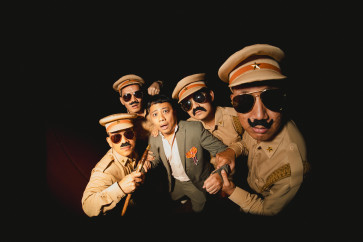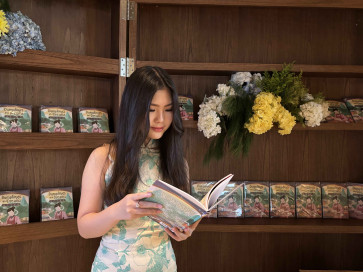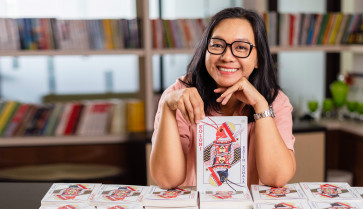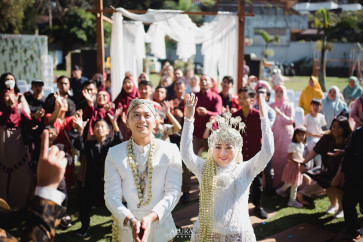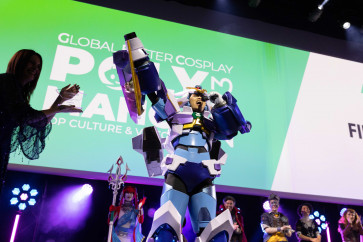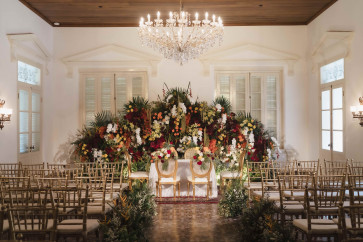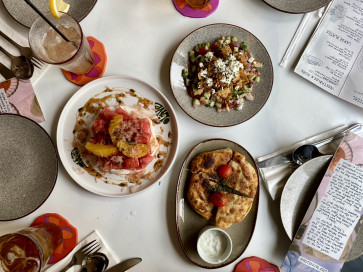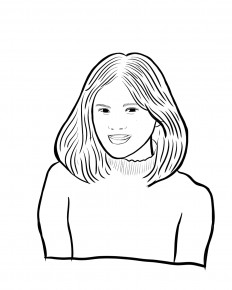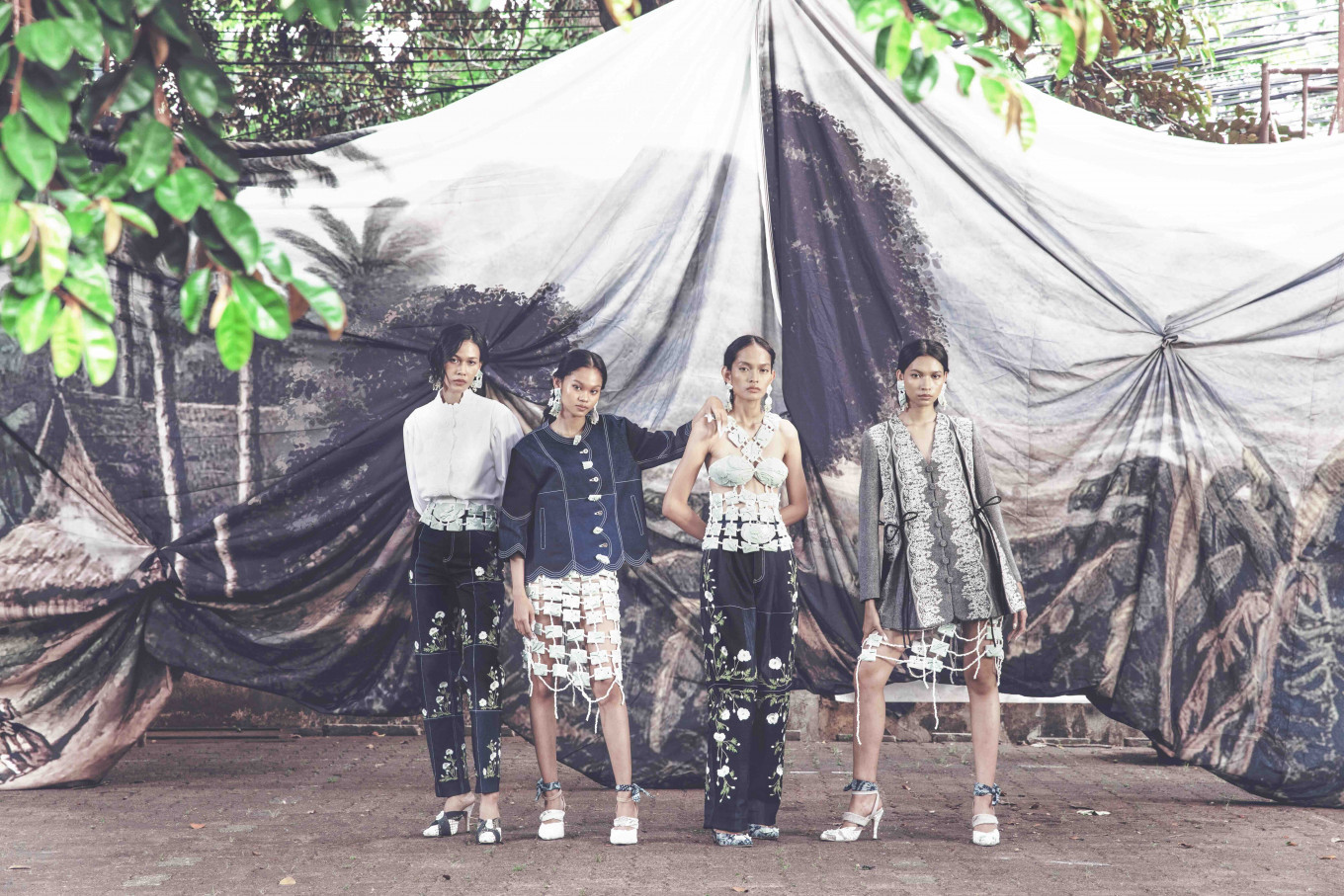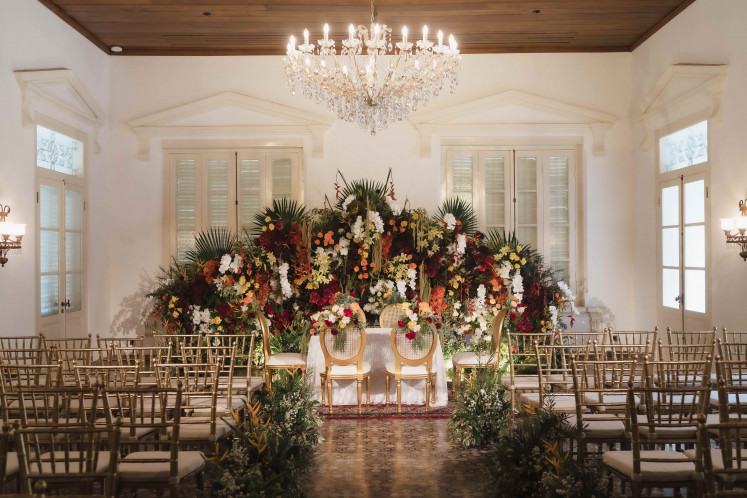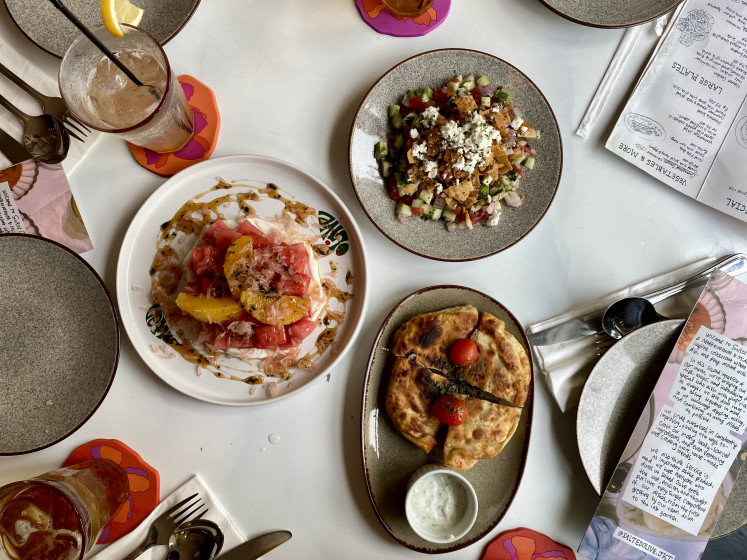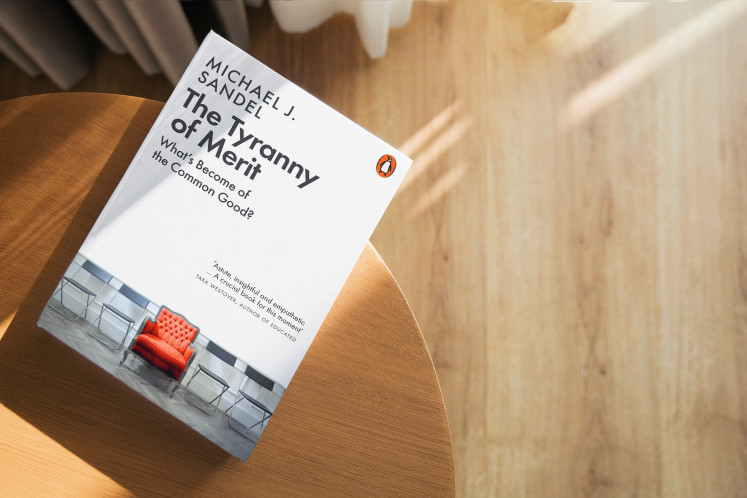People-watching is one of my favorite pastimes, especially in Jakarta’s melting pots of leisure and business, like Plaza Senayan and Ashta. Fancy people, I say to myself. The bags are mostly the usual high-end suspects: black Chanel flaps, Birkins that might or might not be real, old-time favorite Neverfulls. Predictable.
But lately, something has been shifting.
Increasingly, I see statement pieces from homegrown designers: Peggy Hartanto’s signature heart appliqué on a chic woman. Sapto Djojokartiko’s fluid silhouettes and intricate embroidery on almost-sheer fabric. TOTON’s soft, floral lace kebaya tops darting between brunches and galas. ArtKea’s boxy striped shirts blending in with the city’s creative-casual crowd.
There are no obvious logos, but you just know these brands cost money. And those who know, know.
Homegrown, high-end
Jakarta’s fashion scene is evolving, and so are its shoppers. This city, where cultures collide and creativity thrives, has become a breeding ground for a new kind of luxury—local, deeply personal and proudly embraced by its own.

Thank you!
For signing up to our newsletter.
Please check your email for your newsletter subscription.
Take Bogar, 34, a start-up exec with a thing for elevated basics. He often turns to local brands for his rotation, especially those created by friends, like ANW, where he looks for elevated basics that still reflect his personal style, but with a distinct accent or twist. Outside his circle, he is drawn to high-end ready-to-wear labels like Art Kea and Jan Sober.
“Why local? Practicality,” he shrugs.
“Because I’m stingy. I really care about cost per wear. A lot of the foreign stuff wears out too quickly. I just can’t justify it.”
Still, there’s more to the shift than economics. In Jakarta, local luxury has become something of a secret handshake—recognizable only to those in the know.
Bogar points to names like Sapto Djojokartiko, which he sees as a new kind of status symbol.
“It’s not just about the design. It’s the identity, the craft, the prestige of being seen at their events. You’re part of a coveted circle,” he says.
Distry, 32, an art professional and former luxury watch insider, agrees.
“Luxury isn’t just about the high price,” she tells me.
“It’s about limited access and ownership. Many people have money, so it’s not just about whether you can afford it, but whether you can get it. Rarity and exclusivity are the real markers of luxury.”
Like Bogar, Distry is a firm believer in local luxury, not out of obligation, but appreciation.
“I’m not trying to sound nationalistic, but I genuinely feel proud when I wear an Indonesian designer,” she says.
“It also feels more exclusive than global luxury brands. It’s amazing that Indonesia now has its own version of Chanel or Hermès. In ready-to-wear alone, we have Biyan, TOTON, Sapto Djojokartiko, Peggy Hartanto and more.”
Their craftsmanship, she insists, is on a whole other level.
“TOTON is my favorite—and pricewise, I think it makes the most sense. For me, TOTON is art, while Peggy Hartanto is a well-made, ready-to-wear label. And Biyan? That’s still an aspiration, for now.”
The city in the craft
One aspect that sets these brands apart is how they do not just say they come from Jakarta, but the city itself is in the fabric of the work. Literally. Toton’s designs pull from everywhere, but they’re always grounded in what this city gave him: grit, pace and a kind of organized chaos.
“Jakarta is close to my heart,” Toton Januar, the creative mind behind the label TOTON, tells me.
“As an anak daerah [kid from the regions], moving here and making it was the dream.”
“Jakarta and its energy, its openness, have unconsciously shaped how I create." - Toton Januar, TOTON
He landed in the city at 18 for university, then stumbled into modeling, and eventually, fashion design.
“Even in 1998, Jakarta was already buzzing with people from all walks of life, all in one place. I felt that same energy again in New York.”
But it was while in New York, studying at the Parsons New School of Design, that the idea of launching a local brand came to him.
“[Living in New York] was a wake-up call. Being in a foreign country made me reflect on my own identity. Why hadn’t I embraced being Indonesian? Why do we glorify Western or other Asian cultures more than our own?” he recalls.
“Our culture is so near but so overlooked. I wanted to build something high-end and ready-to-wear that’s rooted in Indonesian culture and craftsmanship.”
His collection reflects Jakarta’s chaotic, creative spirit.
. (Courtesy of TOTON)
“Jakarta and its energy, its openness, have unconsciously shaped how I create. Like the city, I don’t draw from just one region or one culture. But I did create one collection back in Spring/Summer 2017 that was fully inspired by Jakarta and its beautiful chaos.”
Jakarta, too, plays a big role in ANW’s creative process.
Elements of the city—its motorcycles, its movement, its Peranakan culture, even Glodok—have found their way, subtly, into various collections.
What began as Astrid Nadia’s college final project—a by-order collection for her inner circle—has since grown into a niche label known for its high-end, handmade pieces.
“It’s not luxury items per se—it’s more like art,” she says.
“Not the super expensive kind of art, but wearable art. Everything’s handmade and carefully placed. We’re a team of artisans. Nothing is random—every embroidery, every placement is intentional, and no two pieces are the same.”
With pieces ranging from Rp 3 million (US$182.80) to Rp 9 million, they are expensive enough to signal rarity, but still grounded in real-life value. Much like Jakarta: aspirational and accessible.
What comes next
Of course, no city or scene is immune to change. Toton admits that the current economic downturn has not fully hit his brand yet, but the shadow of COVID-19 still lingers.
“So many brands didn’t survive. Especially those focused on occasion wear,” he says.
“Everyone had to pivot, making pajamas and masks just to stay afloat.”
Now, he’s playing the long game.
“We’ve helped introduce Indonesian craftsmanship and aesthetics to a wider audience. It’s starting to pay off—not just in material terms, but culturally,” he reflects.
“Now I’m working toward legacy. I want to leave a mark in Indonesian fashion. A modern, contemporary interpretation of who we are, and for that to be recognized globally.”
Astrid Nadia is more focused on staying grounded.
“We want ANW to stay artisan, but scale meaningfully,” she says.
“We want every garment to be a heartfelt art piece—not just worn, but felt.”
And Jakarta? It remains the constant. It’s the muse, the runway and the audience. This city may be messy and maddening, but it’s also magnetic. It nurtures talent, challenges designers and creates a space where luxury does not have to come from abroad to be aspirational.
Here, local is no longer a compromise. It is the statement.
Adelia Anjani Putri, a communications consultant and former reporter, has found herself writing again. She’s also exploring a career shift that would let her pursue her passions for cooking and catsitting—ideally with a paycheck.




